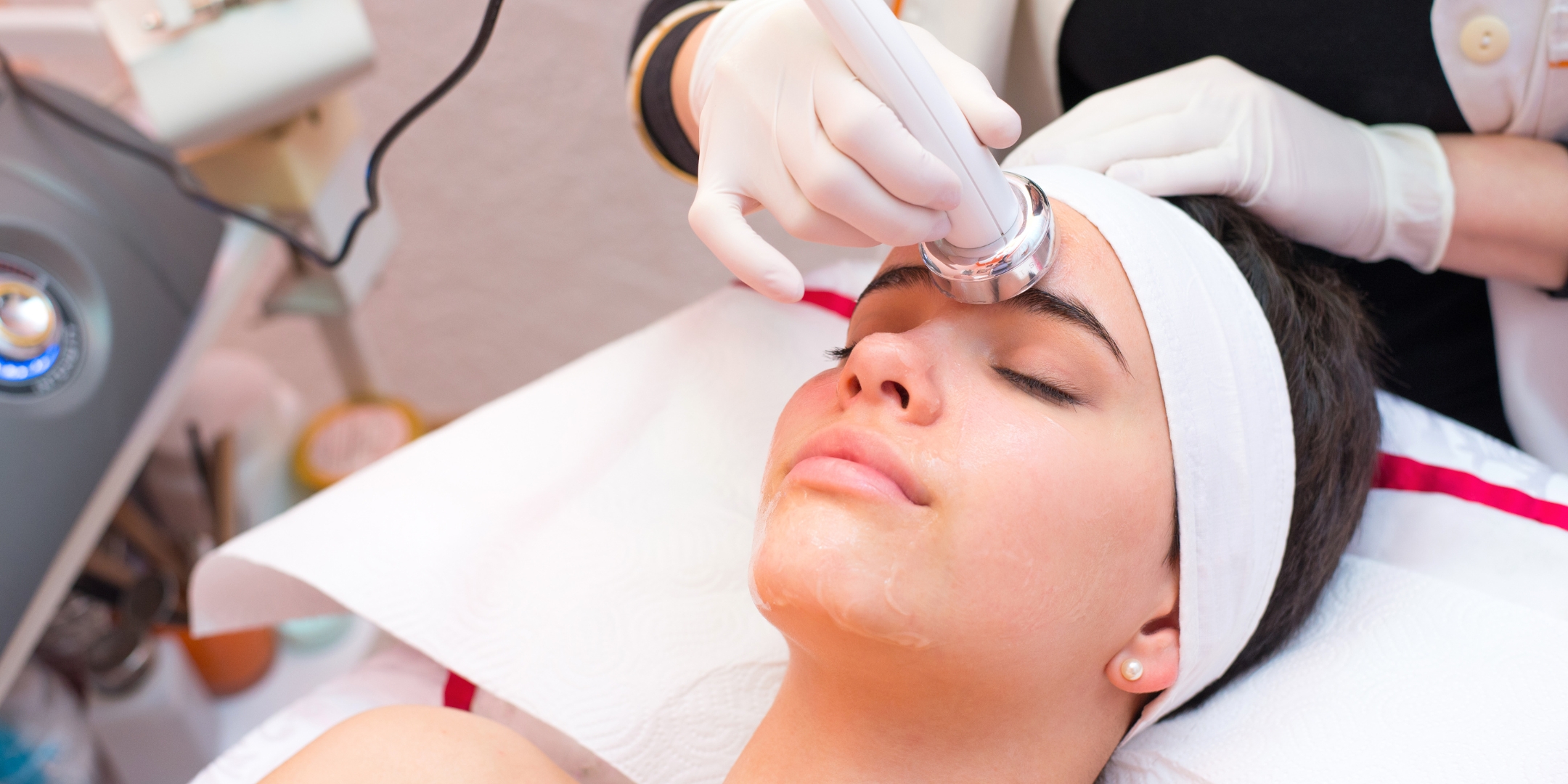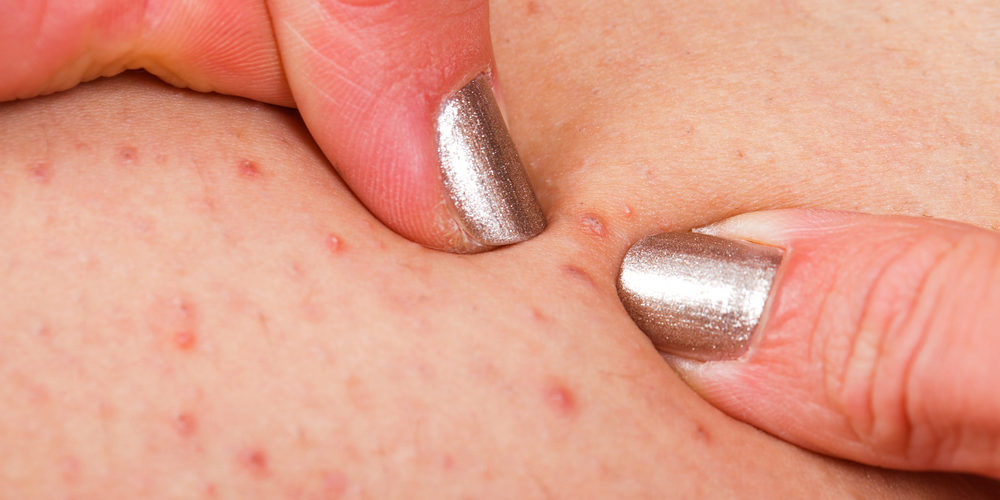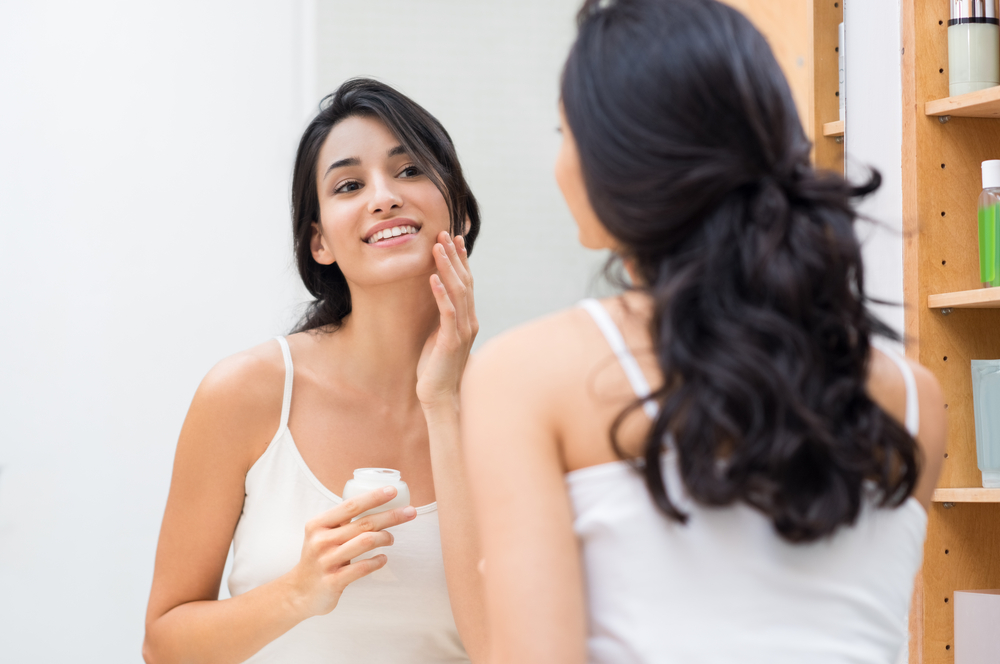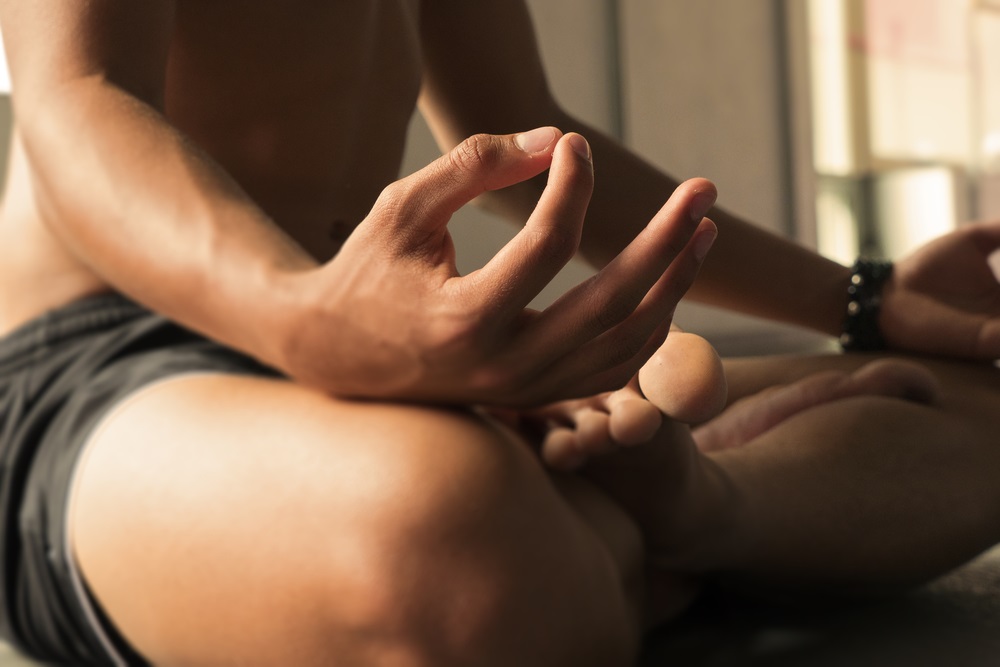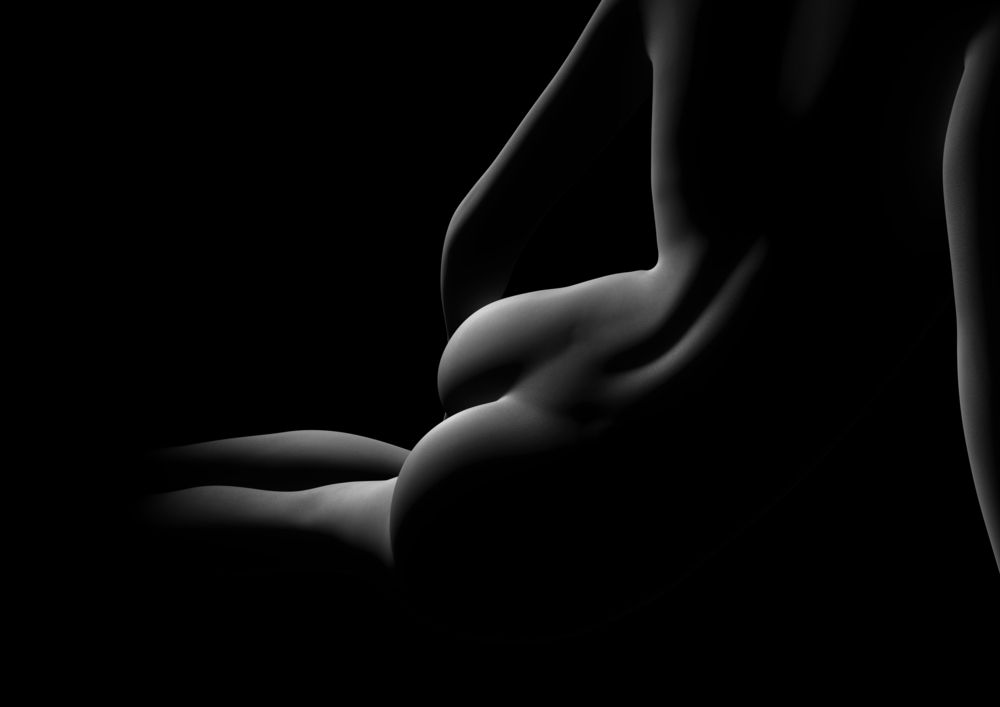Prolonging age and maintaining youthful looks is the want of many of us.
Our skin acts as the mirror of our age. Hence, skincare-related products and skin treatments gain overwhelming exposure.
Apart from age, various diseases, trauma, medications and treatment therapies erode our skin texture, tone, and luster.
You can improve your skin elasticity in different ways. Skin resurfacing is among the popular ones. Let us learn more about the top 5 non surgical skin resurfacing treatments and how to approach them effectively to achieve desired results.
Skin Resurfacing: Overview
Skin resurfacing refers to abrasion or scrubbing of the epidermis and thereby increasing the collagen protein which helps in skin firmness and texture. Skin resurfacing is a technique that involves both minimally invasive and non-surgical procedure options.
Why do you need skin resurfacing?
Invasive techniques involve downtime and post-operative complications. Hence, among minimally invasive procedures that work superficially over the epidermis (or the topmost layer of skin) are becoming a hit.
In healthy individuals, cells and tissues regenerate themselves to balance the number of dead cells. Naturally, when dead skin cells are replaced by younger and fresh cells, glowing skin shall remain. But when dead skin cells accumulate, they have to be discarded.
Skin resurfacing is recommended as it can promote overall cellular turnover.
The Underlying Mechanism
Two fibers – collagen and elastin – impart tone, texture, and luster to the skin. Collagen imparts tensile strength and elastin imparts elasticity. Any strategy to increase the generation of collagen and elastin, namely by “neocollagenesis” and “neoelastinogenesis” improves aesthetics.
Due to aging, production as well as density of these two fibers goes down. Wounds and skin issues also change the quantity and quality of these fibers.
When the skin cells are gently attacked from an energy source (from various sources available), neocollagenesis is stimulated. This helps in increasing new cell production and as a result, it adds firmness, tightness, and smoothness, and lifts the skin.
Eligible Candidates for Skin Resurfacing
If your dermatologist/cosmetologist finds that your skin’s texture, tone, luster, firmness, etc., cannot be improved by prescription medications, natural food supplements, or topical applications, you may be advised to opt for skin resurfacing.
Generally, the following needs in skin condition are addressed efficiently by any of the available skin resurfacing methods:
- Smoothing skin texture
- Tightening skin pores
- Ironing out wrinkles
- Eradicating fine lines
- Removing skin patches
- Eliminating black, brown, or red spots
Skin Resurfacing: Energy-Based Technologies
Contact Radiofrequency (RF)
In this procedure, a radiofrequency equipment is fitted with microelectrodes. This is used to perform microablation of the epidermis by creating coagulation points. This results in healing wherein old skin cells are replaced by new cells.
Benefits: This method is more beneficial than laser resurfacing in that it is less painful.
Fractional Ablative Radiofrequency
Two applicators are used in this technique. They are powered by NanoFractional Radiofrequency. Both of these help in improving the number of blood cells, collagens, and growth factors.
The first applicator houses a tip with tiny pins that can go through the epidermis and deliver RF energy. The second applicator uses a combination of Multi-Polar RF and PEMF (Pulsed Electro Magnetic Fields) and attacks the deeper layers of the skin.
Indications: Dyschromia, deep wrinkles, enlarged pores, acne scars.
Benefits: Beneficial to people with darker skin tones. There is no significant downtime involved.
Risks: Not indicated for those with tattoos in and around the target area.
Infrared Therapy
Broad-spectrum infrared light (1100 to 1800 nm) in cycles of multi-seconds, heats up the water component in the dermis layer. Because of this, bulk heating of the dermis gets maximized along with low absorption by hemoglobin and melanin. While performing this, a cooling head protects the topmost layer (or epidermis). This results in collagen fibril denaturation and consequently collagen contraction.
Indications: Neck and jaw skin tone improvement and for correcting facial skin laxity
Benefits: No recovery time is needed
Risks: After the procedure, some patients observe changes in skin color, and in some cases bruising or swelling is noted.
Ultherapy
Ultherapy is a nonsurgical technique that uses ultrasound technology for increasing collagen production. Energy from a High-Intensity Focused Ultrasound (HIFU) producing device helps in tightening the skin on the face and neck as well as the chest.
Benefits: No downtime. Results start appearing in a few days.
Cost: Around $2000
Skin Resurfacing: Light And Laser Therapy
Since 1960, laser energy has been used for various medical treatment procedures.
In skin resurfacing, there are two types of laser techniques used – ablative and nonablative.
The ablative method uses carbon dioxide or Erbium. This is helpful in curing superficial skin problems like fine lines and soft wrinkles.
Nonablative lasers involve pulsed light, pulsed-dye lasers, and fractional lasers. These are helpful in curing skin conditions such as spider veins, rosacea, acne issues, etc.
Stimulation with a combination of 532 nm and 1064 nm laser devices, results in collagen remodeling that continues for half-to-one year’s time. This can increase with the number of treatments as well as with the treatment intensity.
Fractional Carbon Dioxide Laser
Infrared light is delivered through a tube filled with carbon dioxide that generates microthermal wounds at the targeted skin area. The tissues are vaporized, and in this way, the aged and damaged skin cells are extracted.
Benefits: Increased healthy cell renewals.
Risks: Though nonsurgical, this is a more invasive modality. It is also found unsuitable for darker type skin. Partial or complete sedation may be necessary during the procedure. Downtime of a week or so is to be expected.
Fractional Erbium Laser
YAG or Erbium lasers involve infrared light to infuse thermal energy even deep under the surface of the skin. This creates tiny microthermal patches in the middle layer of the skin. It is a controlled tissue vaporization technique.
Indications: Beneficial in treating older patients for sun damage, acne scars, and rhytides.
Risks: Skin redness, discolorations, or post-inflammatory hyperpigmentation.
Advantages: Wrinkle disappearance, tone improvement, and pore size reduction.
Treatable Areas: Face, neck, and chest.
Skin Resurfacing: Microdermabrasion
Microdermabrasion (MDA) is another minimally invasive resurfacing technique, performed in an outpatient setting. In this, abrasive crystals are gently propelled over the skin using a handheld vacuum system. This is utilized to treat uneven skin texture, striae, scars, melasma, photoaging, etc. In the US, it is one of the popular nonsurgical cosmetic procedures.
Indications: To brighten the complexion and also to help in dark spots and wrinkle removal.
Risks: Include swelling, redness, eye irritation, and the skin remaining sensitive to photodamage for a few days after treatment
Skin Resurfacing: Microneedling
This technique uses an innovative gadget called SkinPen. This device houses hundreds of very tiny needles that are used to puncture the skin in targeted ways.
MicroNeedling creates micro wounds. This is followed by the natural healing process of the body.
This method can also be used along with skin-loving serums.
Indications: Injury scars, hyperpigmentation, enlarged pores, and in improving skin dullness.
Benefits: After a microneedle session, skin improvement shows up in a month’s time. Healing never gives rise to scar formation due to treatment.
Skin Resurfacing: Chemical Peels
In everyday skincare routines, chemical peels play an important role. Both natural and synthetic ingredients are used in their preparation. Over-the-counter, as well as prescription peels, are available that help in dropping the top layer of the skin to give an instant facial glow.
Benefits: They are available in mild to strong concentrations or as light peels to deep peels. You can also select them based on your individual skin sensitivity.
Indications: Acne, acne scars, discolorations, freckle, spots due to old age, and for texture improvement.
Disadvantages: Some people may develop hypersensitivity issues.
Skin Resurfacing: IPL
IPL or Intense Pulsed Light therapy is also known as Photofacial therapy. This is a technique that uses light energy to reverse sun damage on the skin.
Compared to lasers, IPL devices can emit different wavelengths of pulsating light to treat a range of skin conditions, all at the same time.
Indications: Stretch marks, broken blood vessels, spots from hormonal changes, spider veins, and brown spots.
Risks: Only a trained technician should handle this. In some cases, the skin could become crusty, form blisters, bleed, or get infected. Patients with light sensitivity cannot go for this procedure. Some patients may feel a stinging sensation after the treatment which can be put off by numbing medications.
Cost: $400 per session (in 2018).
Apart from skin resurfacing techniques, there are a few other modalities in treating long-term skin conditions.
Injectables: Dermal Fillers
This procedure is based on the theory that collagen fibers can be stretched by HA (Hyaluronic Acid) injection. Dermal Filler causes tension in the surrounding fibroblasts and increases collagen production.
Hyaluronic Acid acts like a liquid moisturizer. When injected into the target area, it gives 3-dimensional hydration. HA behaves like giving a horizontal and vertical stretch to the skin.
Indications: Fairly suited for age-related skin conditions by restoring the volume and contour.
Risks: It can cause swelling or bruising. It is ideal to undergo all the tests and know the precautions well.
Treatable Areas: Mid-face, cheeks, periorbital region, nose, lower face and lips, chin, jawline, lips, upper face, temples, and eyebrows.
PRP Rejuvenation Treatment
Autologous Platelet Rich Plasma therapy is a facial rejuvenation treatment. In this method, your own plasma is used to increase collagen production and cell migration.
PRP contains three to five times the number of platelets found in normal circulating blood. Aside this, it also carries PDGF (platelet-derived growth factor), VEGF (vascular endothelial growth factor), TGF (transforming growth factor), and EGF (epidermal growth factor) as well as bioactive proteins to enhance skin rejuvenation.
PRP is injected into the targeted area. When degranulating, platelets release these growth factors. This promotes an environment that helps in growing collagen, and through the regeneration of cells, it makes your skin get a tight appearance.
Advantages: PRP is noninvasive, quick, long-lasting, and completely natural. Especially, fillers can help in removing folds and lines but PRP aids in volumizing the face and improves the skin tone.
Indications: Acne scars, other scars, wrinkles, skin texture improvement, skin homogenicity, and disappearance of small wrinkles.
Risks: Chances for swelling and bruising.
Summary
Skin is both the longest-serving organ of our body as well as the largest organ in our body. Next to our skeletal system, the skin remains with our body for our lifetime.
Obvious signs of aging are also brought out first by our skin. All internal organs are masked from sight by skin, and so it is the first organ to receive a jolt in any untoward incident.
Any issues concerning the skin should be addressed only with the help of recommendation from a dermatologist or cosmetologist.
All the outpatient noninvasive and minimally invasive procedures done in a clinical setting have short-term effectiveness. Only when performed by trained specialists, they can give exciting results.
The results also depend on the health of individuals. Adequate intake of proteins and vitamin C from daily food should be tried first to increase the production of collagen, elastin, and Hyaluronic Acid.
However, if topical treatments fail, under a doctor’s care, skin resurfacing methods are ideal.





